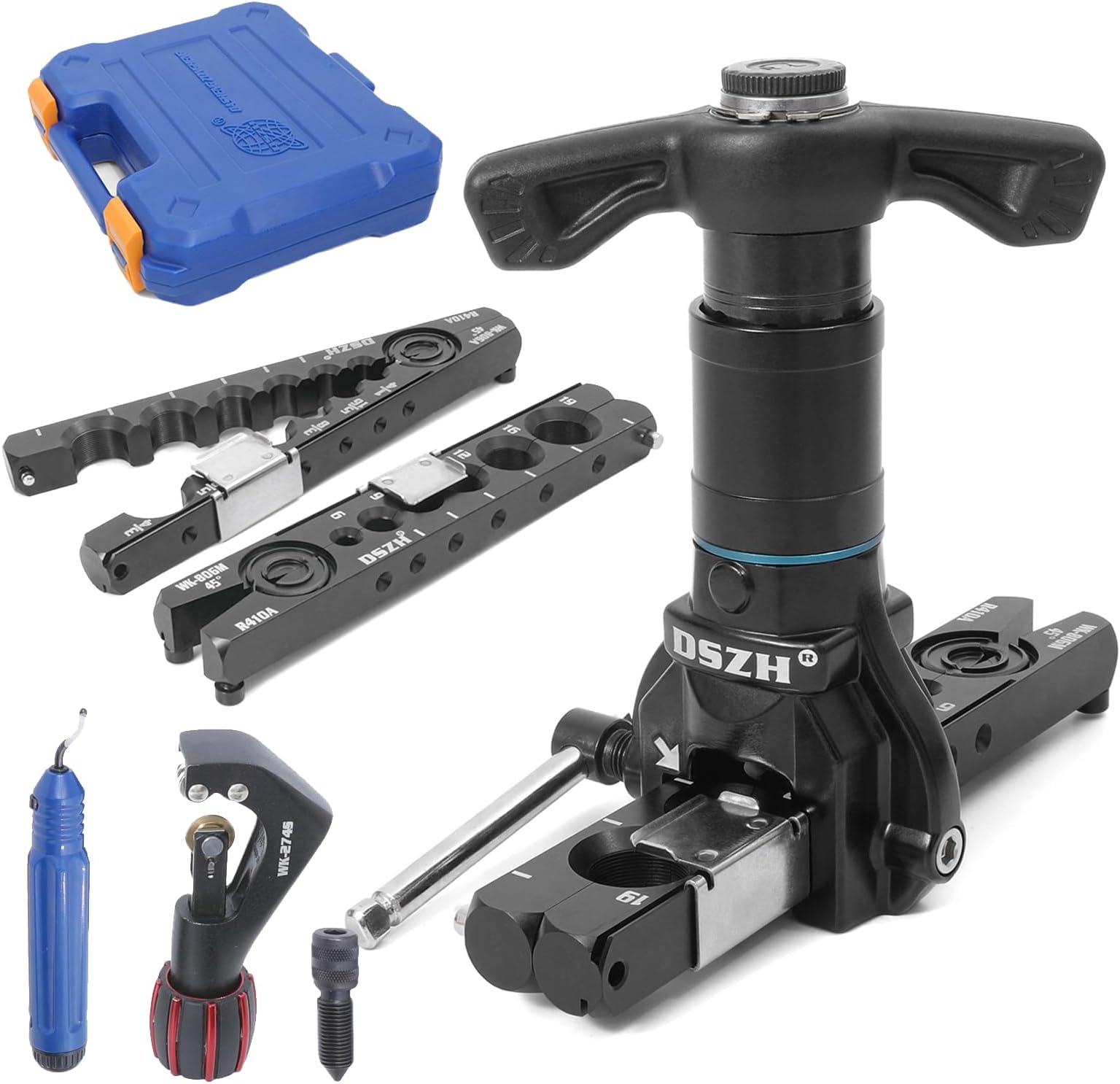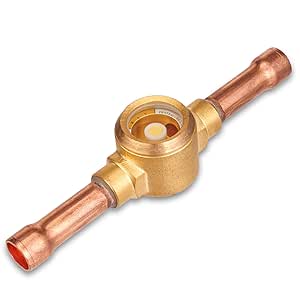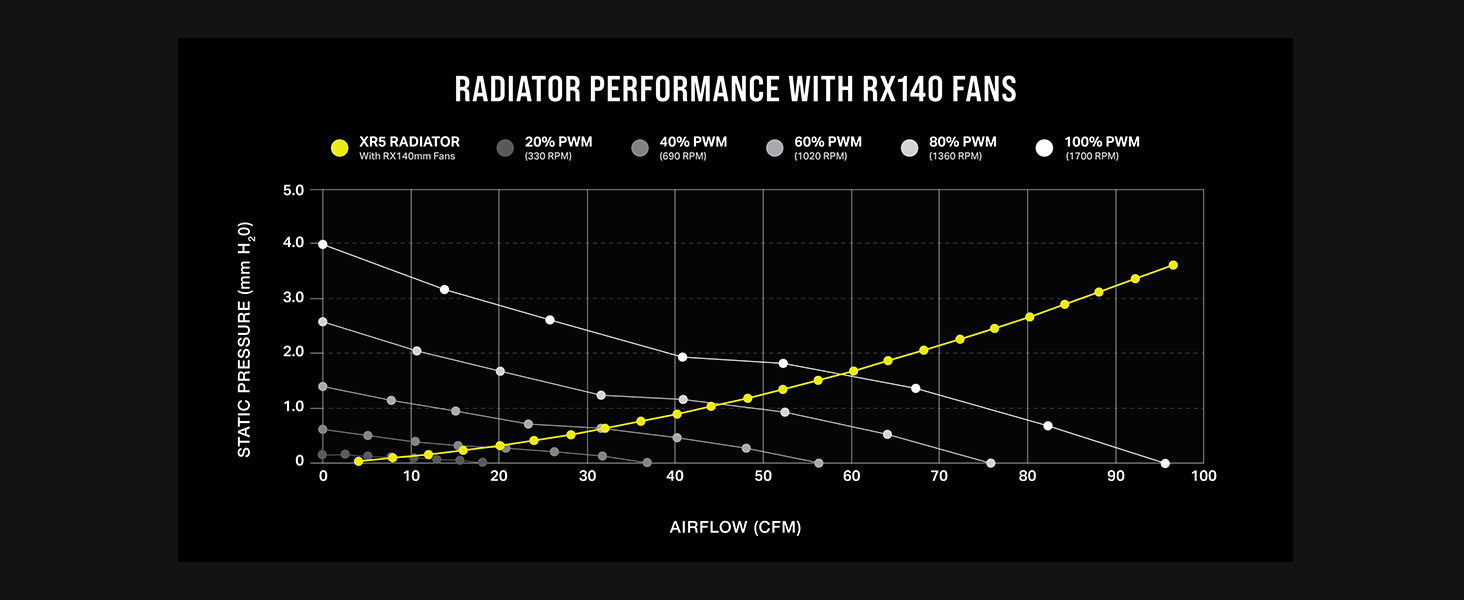Measuring static pressure in your HVAC system is an essential task for ensuring optimal performance and efficiency. Static pressure is a critical aspect that affects airflow, comfort levels in your home, and the overall efficiency of your heating and cooling system. This guide will help you understand static pressure, why it matters, and how to measure it accurately.
What is Static Pressure?

Static pressure in an HVAC system refers to the pressure exerted by the air within the ductwork when the system is operational but not moving air. It is measured in inches of water column (in.w.c) and is crucial for diagnosing issues related to airflow and system efficiency.
Why is Measuring Static Pressure Important?

Understanding static pressure is vital for several reasons:
- System Performance: High static pressure can indicate blockages or restrictions in your ductwork, leading to poor airflow and decreased efficiency.
- Comfort Levels: Inadequate static pressure can result in uneven heating or cooling, affecting comfort in different rooms.
- Energy Efficiency: Proper static pressure levels contribute to the overall energy efficiency of your HVAC system, potentially lowering your energy bills.
- Longevity of the System: Monitoring static pressure can help identify potential problems before they lead to costly repairs or system failures.
Tools Required for Measuring Static Pressure
Before you begin measuring static pressure, ensure you have the right tools. Here’s what you’ll need:
- Manometer: A device used to measure pressure in the ductwork.
- Pitot Tube: A tool that helps measure dynamic pressure, which can be converted into static pressure readings.
- Tape Measure: For measuring distances within the ductwork.
- Drill with a 1/8-inch Bit: To create small holes in the ductwork for pressure measurement.
- Safety Gear: Gloves, goggles, and a mask for protection while working.
Step-by-Step Guide to Measuring Static Pressure
Step 1: Safety First
Before starting, ensure your HVAC system is turned off. Wear your safety gear to protect yourself while working with tools and in potentially tight spaces.
Step 2: Identify Measurement Points
You’ll need to measure static pressure at both the supply and return sides of your HVAC system. These points are typically located:
- Near the blower (supply side)
- Before the return air enters the furnace or air handler (return side)
Step 3: Make Access Holes

Using the drill and 1/8-inch bit, create small holes in the ductwork at the identified measurement points. Ensure that these holes are clean and not jagged to avoid any air leaks that could affect your readings.
Step 4: Insert the Manometer

Connect the manometer to the holes you created. For most manometers, you’ll have two ports: one for positive pressure (supply side) and one for negative pressure (return side). Insert the probes into the respective holes:
- The positive probe goes into the supply side hole.
- The negative probe goes into the return side hole.
Step 5: Take the Readings
Turn on your HVAC system. Allow it to run for a few minutes to stabilize, then read the measurements on the manometer. Record the pressure readings from both the supply and return sides.
Step 6: Analyze the Results
Once you have both static pressure readings, you can analyze the results:
- Normal Range: A typical static pressure reading ranges from 0.1 to 0.5 inches of water column, but this can vary based on your specific system.
- High Static Pressure: Readings above the normal range may indicate blockages in the ductwork, dirty filters, or issues with the blower fan.
- Low Static Pressure: Readings below the normal range could suggest duct leaks, oversized ductwork, or insufficient airflow from the system.
Step 7: Make Adjustments

Based on your analysis, you may need to address any issues discovered during your measurements:
- Replace or clean air filters if they are dirty.
- Inspect ductwork for blockages or leaks.
- Evaluate the blower speed settings on your HVAC system.
Case Study: The Impact of Static Pressure on HVAC Efficiency
A case study conducted by the U.S. Department of Energy found that homes with significant static pressure issues experienced 15% higher energy consumption compared to homes with well-maintained systems. In one instance, a homeowner reported discomfort and uneven temperatures throughout their home. After measuring static pressure and identifying high levels, they discovered a blockage in the ductwork that, once cleared, improved airflow and reduced energy costs by 20%.
Conclusion: The Importance of Regular Static Pressure Measurements

Measuring static pressure in your HVAC system is a crucial aspect of maintaining efficiency, comfort, and longevity. By following this step-by-step guide, you can effectively monitor your system’s performance and make necessary adjustments to optimize its operation. Remember that regular measurements can help identify issues early, saving you money on energy bills and repairs in the long run. Take control of your HVAC system today by understanding and measuring static pressure effectively!